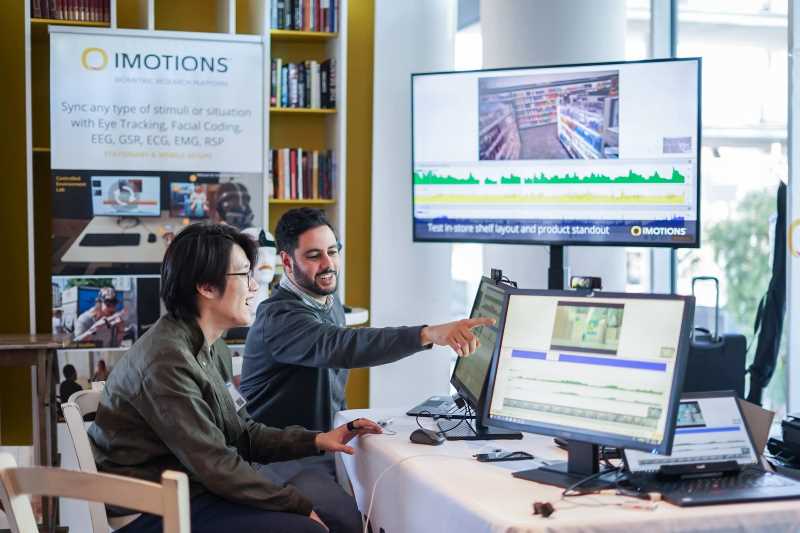The results of an experiment to measure cognitive load using arithmetic and graphical tasks and galvanic skin response (GSR) biometric technique are presented in this paper. 62 volunteers were recruited to take part in a laboratory experiment conducted with the integrated iMotions biometric platform. Data were collected using observations, Single Ease Question (SEQ) and NASA Task Load Index (NASA-TLX) self-report questionnaires, and GSR measurements. The 18 performance, subjective, and psychophysiological indicators were calculated from the collected data to measure the cognitive load associated with arithmetic and graphical tasks. Nonparametric tests of statistical significance of differences between individual metrics were made for the easy, medium, and hard arithmetic and graphical tasks. The conducted research proved the usefulness of most measures in the analysis of the cognitive load associated with arithmetic and graphical tasks.







